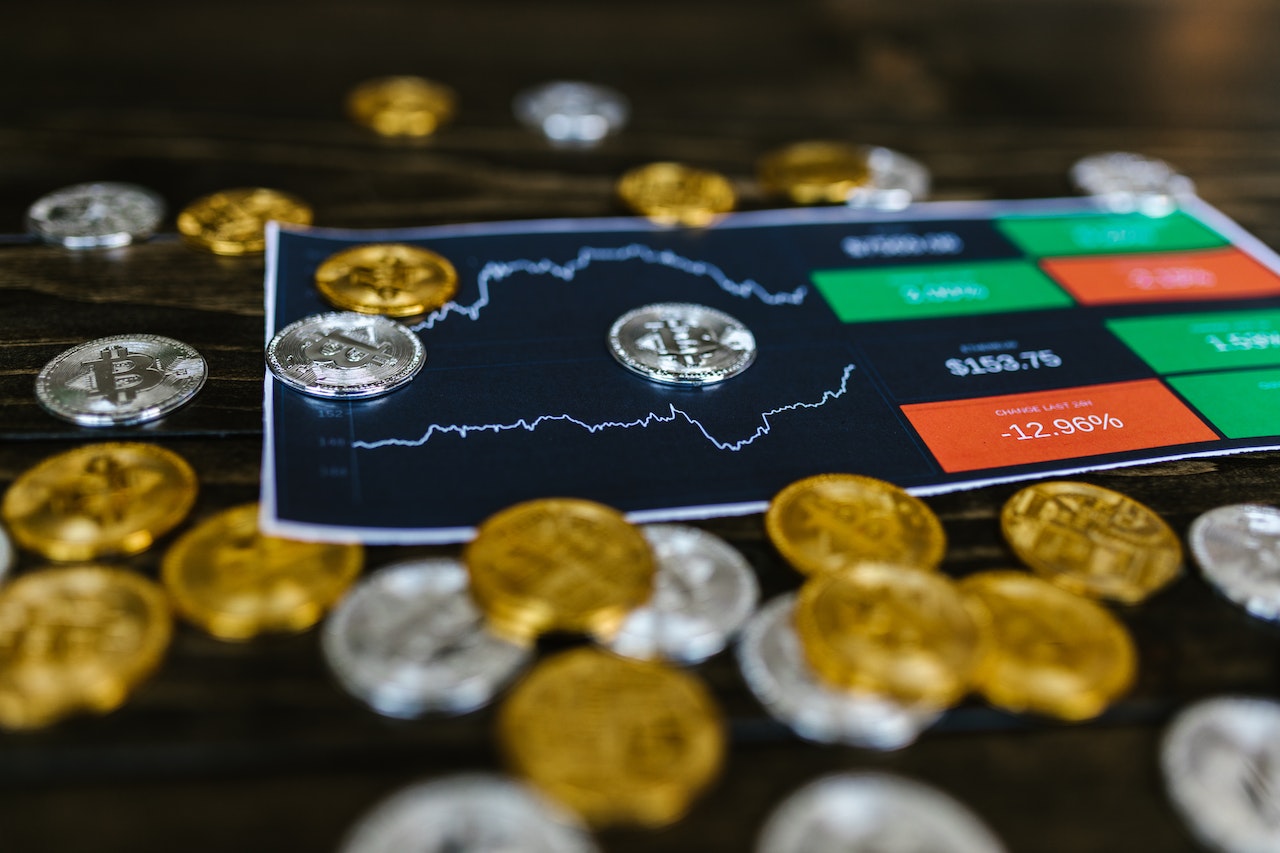The financial world has witnessed a significant transformation with the rise of peer-to-peer (P2P) currency systems. These decentralized financial mechanisms are challenging the long-standing dominance of traditional currencies. As more individuals and businesses adopt P2P currencies, the landscape of global finance is undergoing a profound shift. In this article, we explore the impact of peer-to-peer currency on traditional currency systems, the implications for the global economy, and what the future may hold.


Peer-to-peer currency is a digital form of money that operates without a central authority, such as a government or financial institution. Instead of being regulated and issued by a central bank, P2P currencies are managed by a decentralized network of users. These currencies are typically based on blockchain technology, which ensures transparency, security, and efficiency in transactions.
P2P currency transactions are verified by a distributed network of computers, known as nodes, which work together to confirm the legitimacy of transactions. This process eliminates the need for intermediaries, such as banks, allowing users to transfer value directly to one another. This decentralized approach not only speeds up transactions but also reduces fees, making it an attractive alternative to traditional financial systems. You can also explore Quantum Apex AI platform for further information.
One of the most significant impacts of P2P currency on traditional currency systems is the disintermediation of financial services. Traditional banking relies heavily on intermediaries to facilitate transactions, provide loans, and manage accounts. However, P2P currency systems enable individuals to perform these functions without the need for a bank. This shift challenges the traditional banking model, as more people may choose to bypass banks altogether.
Central banks play a crucial role in managing a country’s economy by controlling the money supply, setting interest rates, and regulating inflation. However, the rise of P2P currency poses a challenge to central banks’ control over monetary policy. As P2P currencies become more widely accepted, central banks may find it increasingly difficult to influence the economy through traditional means. This erosion of control could lead to greater volatility in financial markets and reduced effectiveness of monetary policy.
Traditional currency systems often face challenges when it comes to cross-border transactions, including high fees, long processing times, and regulatory hurdles. P2P currency systems offer a solution to these issues by enabling seamless, low-cost international transfers. This capability has the potential to disrupt traditional currency markets and reduce the reliance on established currencies for international trade. As a result, the dominance of certain global currencies may diminish over time.
P2P currency systems have the potential to promote financial inclusion, particularly in regions where access to traditional banking services is limited. By providing a decentralized and accessible means of conducting transactions, P2P currencies can empower individuals in developing countries to participate in the global economy. This increased financial inclusion could lead to greater economic growth in these regions, further challenging the traditional currency systems that have long dominated global finance.
Despite their potential benefits, P2P currency systems face significant regulatory challenges. Governments and financial institutions are still grappling with how to regulate these decentralized systems, which operate outside the traditional financial framework. Regulatory uncertainty can create obstacles for the adoption of P2P currencies, as users may be hesitant to engage with a system that lacks clear legal guidelines. Additionally, governments may impose restrictions on P2P currency transactions to protect their own monetary systems.
While P2P currency systems are often touted for their security features, they are not immune to risks. Cybersecurity threats, such as hacking and fraud, pose a significant challenge to the integrity of P2P currency systems. Moreover, the anonymity of transactions in some P2P currency systems can attract illicit activities, such as money laundering and tax evasion. These security concerns may deter potential users and lead to increased scrutiny from regulators.
The value of P2P currencies can be highly volatile, which may undermine their use as a stable medium of exchange. Traditional currencies, backed by governments and central banks, typically offer more stability. The volatility of P2P currencies can erode trust among users and hinder widespread adoption. As such, building trust and achieving greater stability are essential for the long-term success of P2P currency systems.
The growing influence of P2P currency systems suggests that traditional currency systems will need to adapt to remain relevant. Central banks and financial institutions may need to explore ways to integrate P2P currency features into their operations or develop their own digital currencies. Additionally, governments may need to establish clearer regulatory frameworks to address the unique challenges posed by P2P currencies.
In the long term, it is possible that traditional currency systems and P2P currency systems could coexist, with each serving different needs within the global economy. For instance, traditional currencies may continue to dominate large-scale transactions and government functions, while P2P currencies may become more prevalent in peer-to-peer exchanges, microtransactions, and cross-border transfers.
The rise of peer-to-peer currency is reshaping the financial landscape and challenging the dominance of traditional currency systems. While P2P currencies offer numerous advantages, such as increased financial inclusion, lower transaction costs, and greater autonomy, they also present significant challenges, including regulatory uncertainty, security concerns, and volatility. As the global economy continues to evolve, it is likely that both traditional and P2P currency systems will need to adapt to coexist in a rapidly changing financial environment. The future of money may well be a hybrid of the old and the new, blending the stability of traditional systems with the innovation of decentralized currencies.
Digital twins are altering the operation, maintenance, and enhancement of structures. They allow richer knowledge…
Just dragging the game to your trash or using your computer's basic uninstaller often isn't…
Whether you're managing a single document or processing hundreds, CoolUtils provides fast, secure, and dependable…
What to look for in an MP4 to MPG converter, qualities of MP4 to MPG…
Discover why renting a car in Morocco is the best way to explore. Learn about…
Shedding light on your operations, performance, and even challenges, you create a culture of trust…